I started photography with analogue cameras when I was at university. While looking for an inexpensive hobby, I came across the Lomography brand and its plastic film cameras. So I entered this world.
At that time, the Lomography store had just opened, and a friendly community was beginning to form in Istanbul. There was no such thing as bad photography in the world of Lomography. Film burns and sun flares were welcome. This drew me in even more. In this way, I have been continuing this hobby for about 8 years. Of course, after I started working, I bought a digital camera and expanded my photography hobby. But I did not forget my analogue machines along with digital ones. Every time I develop the film, the excitement of what will come out of it still feels good.

Lomography has straightforward cameras in line with its “Don’t Think, Just Shoot” philosophy. With these devices designed for instant photos that do not allow you to make many adjustments, you can easily take pictures in any situation. My favourite part is that I don’t do any post-editing for the photos that come out. As it is, I accept it with its faults 🙂
I have two Lomo cameras. One is the standard 35mm La Sardina model, and the other is the Sprocket rocket model, which shoots panoramic shots that also expose the film’s sprocket holes. I especially love the photos that come out with Sprocket because it has a unique style; it is delightful to get a printout like this without post-editing.
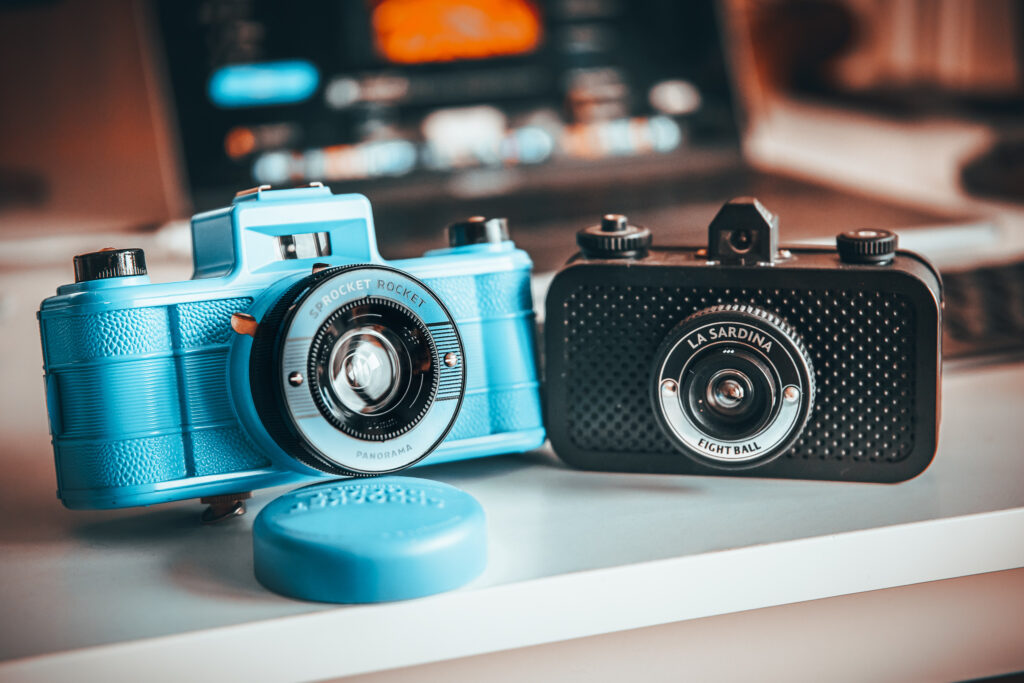
After a long break, I developed two 35mm films last month. This is the reason why I wrote this article. The films I loaded before the Covid-19 pandemic finally saw the light of day after being on camera for more than 2 years. In fact, I was unsure of what would come out since they stayed in the camera for so long. Also, I completely forgot what I shot. So I didn’t have many expectations.
Results from Sprocket rocket:
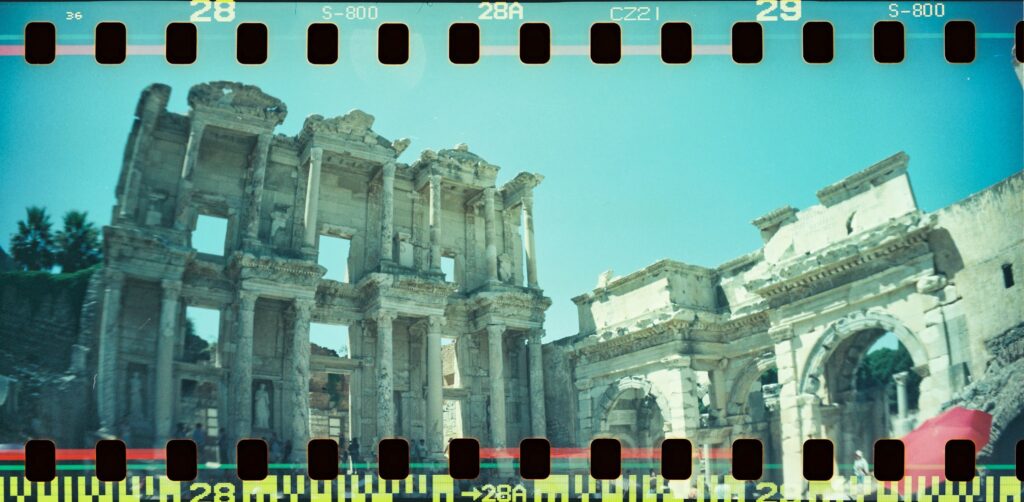
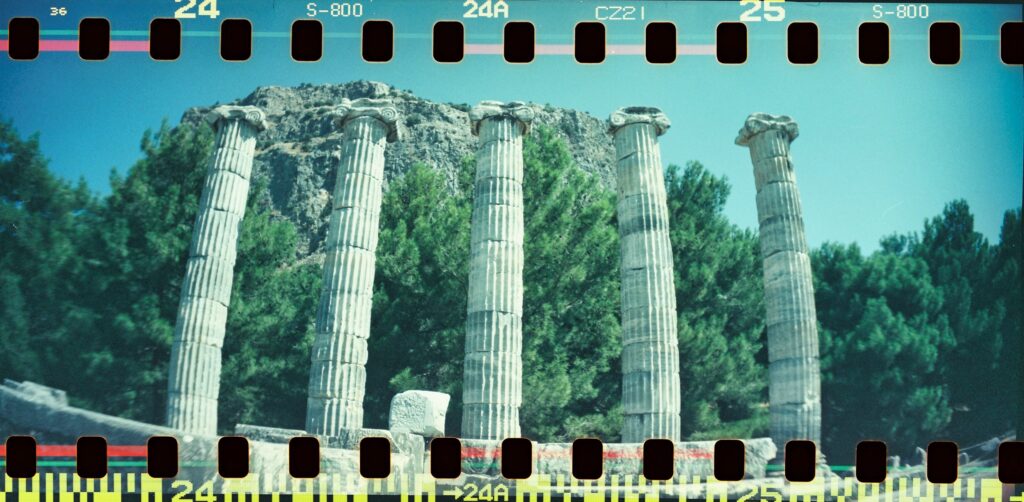
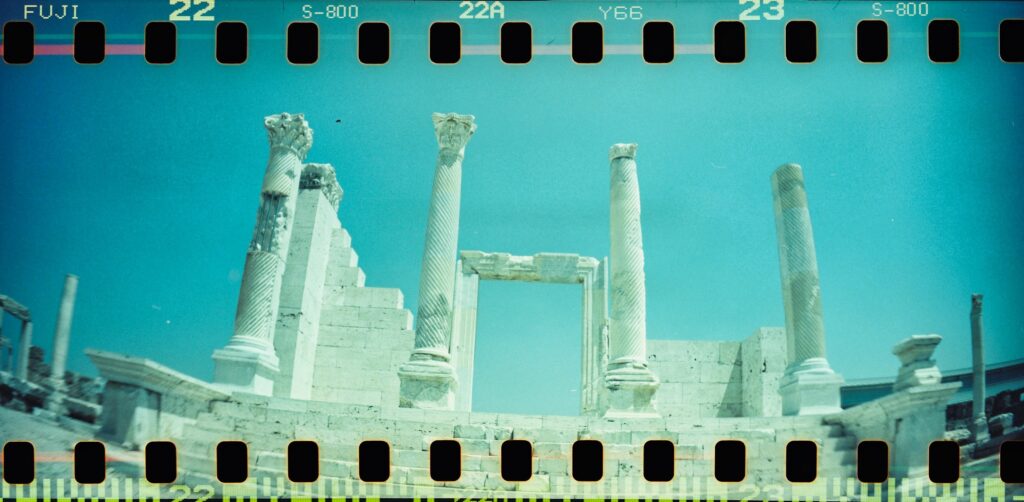
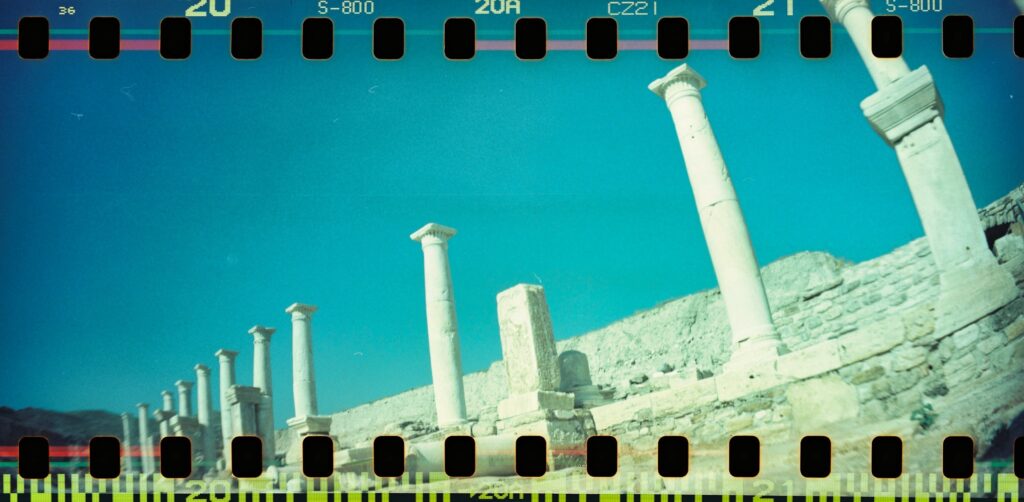
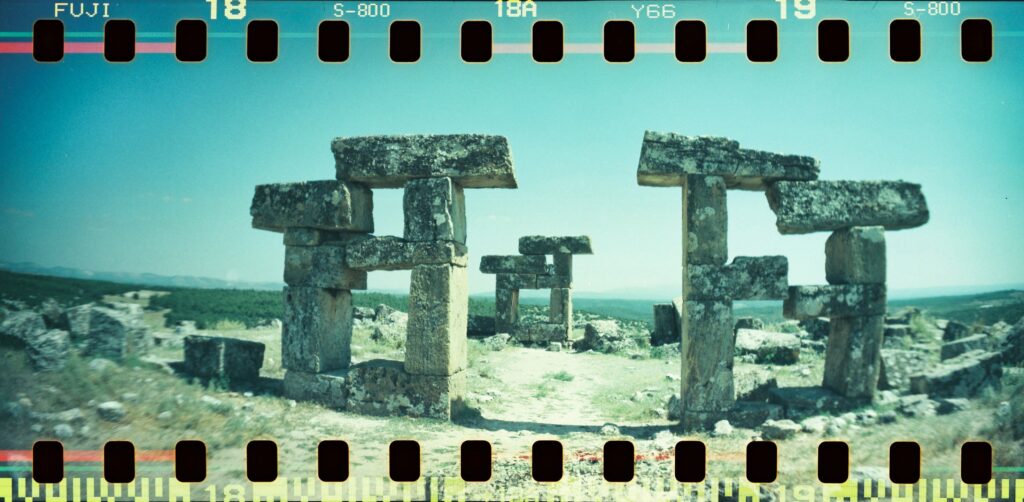
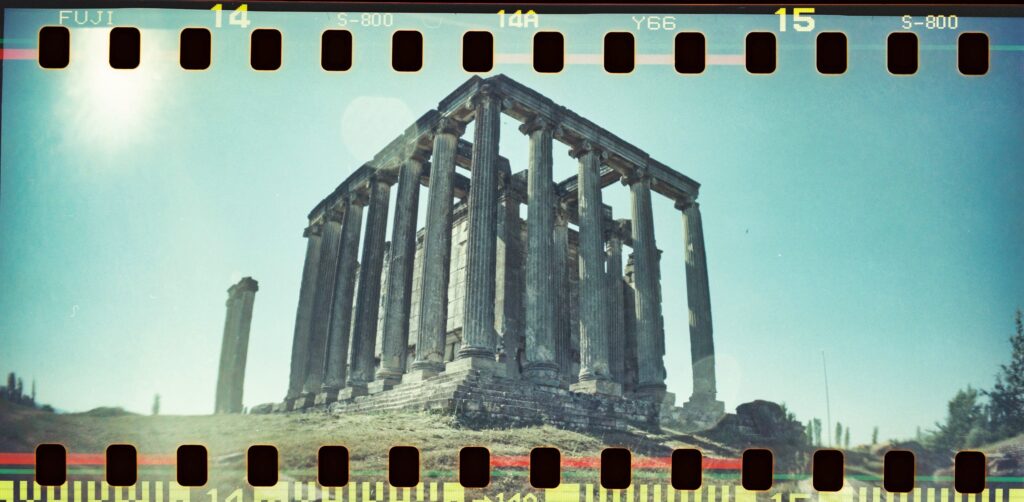


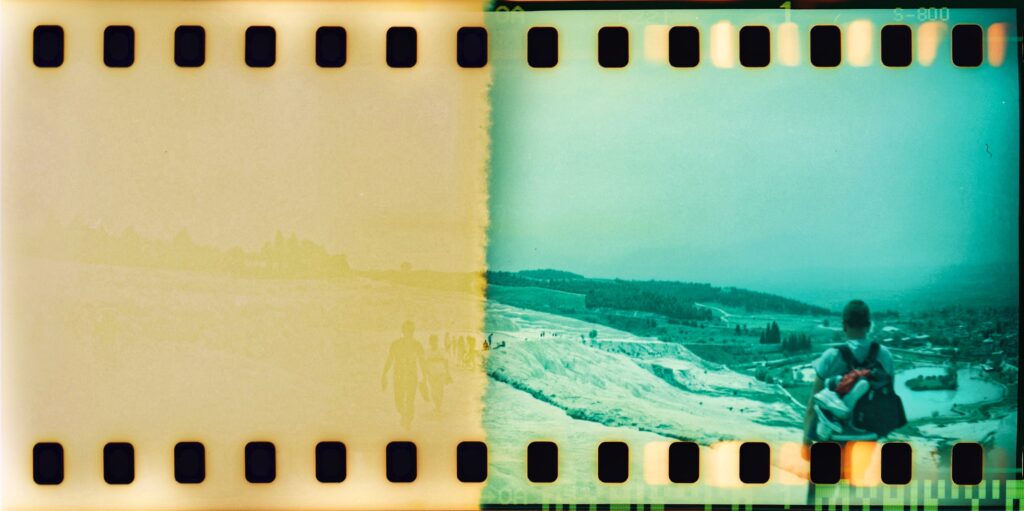
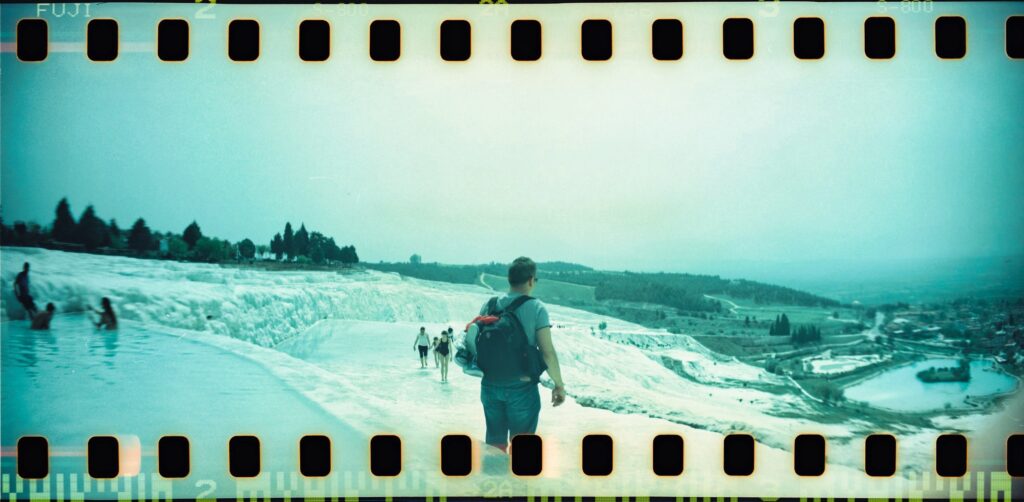
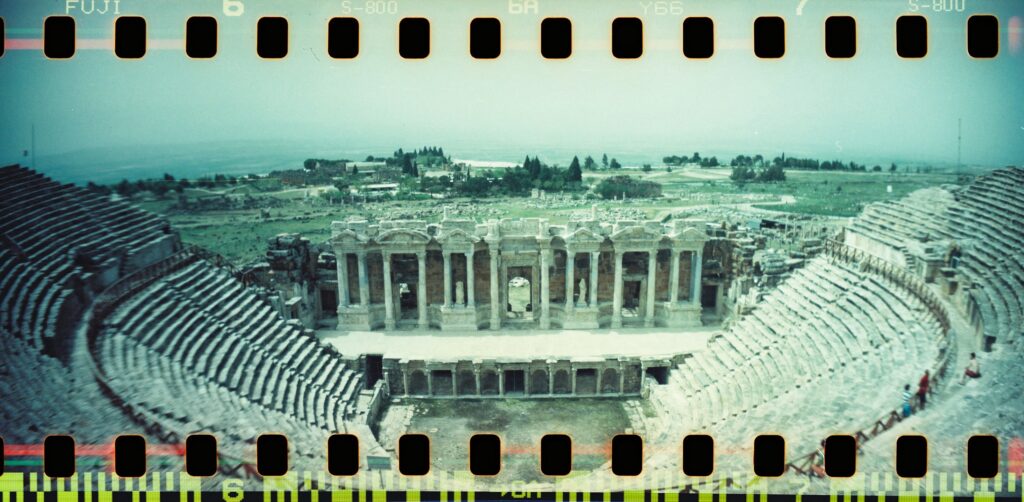
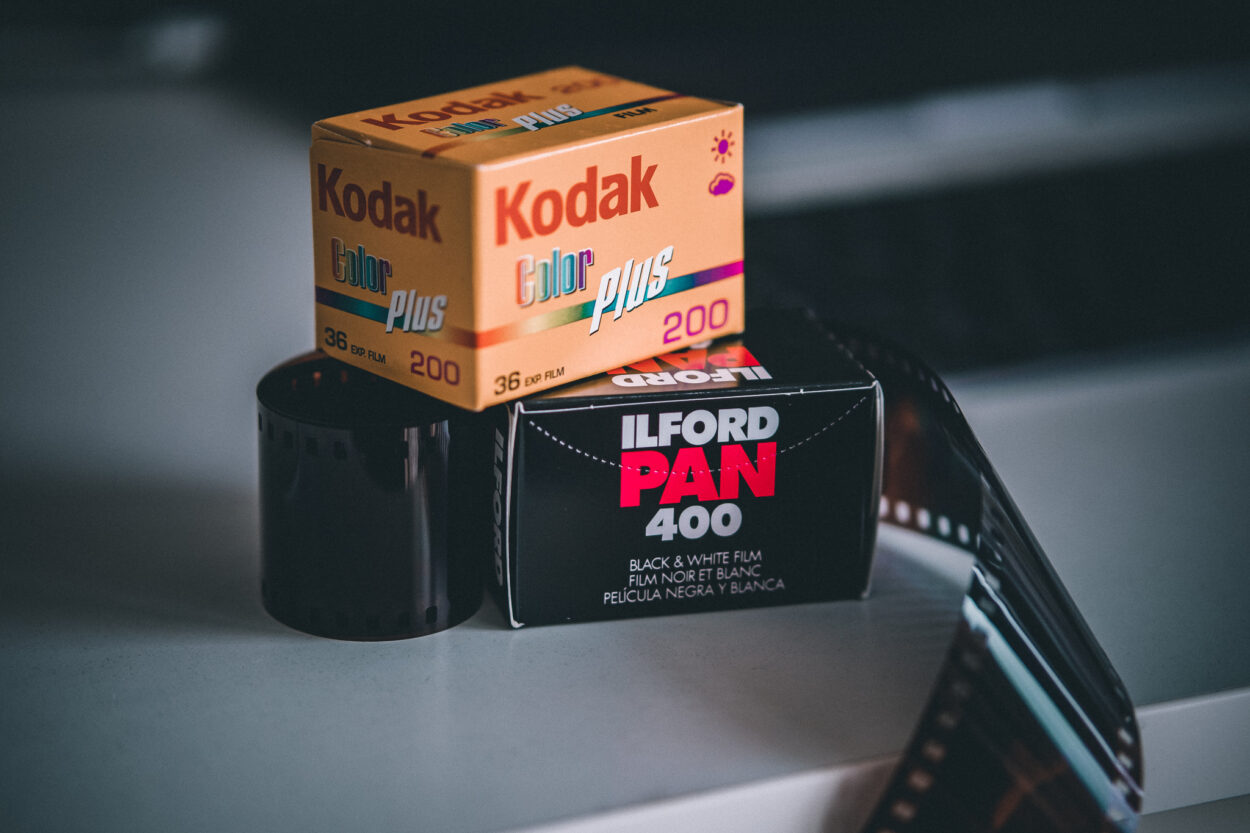

Leave a Comment